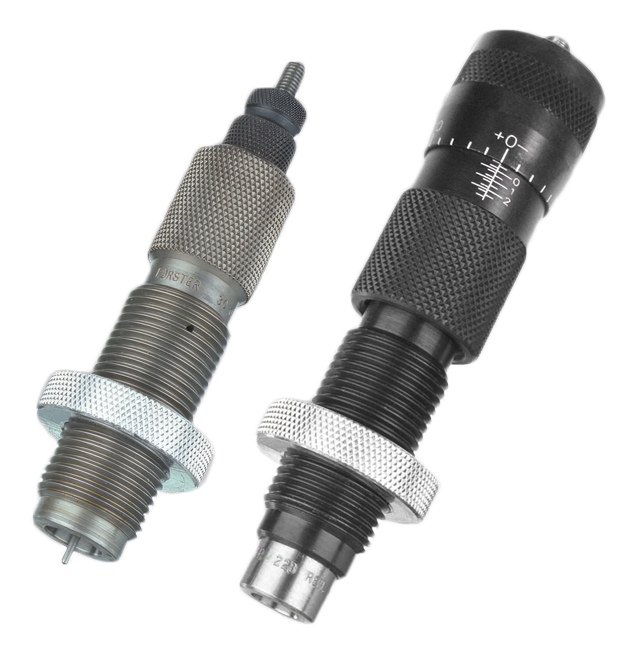Hey all,
I'm a fairly new reloader. I want to buy forster dies since they offer the honing for their dies, for an additional price of course.
I tried calling 3 times already to see if I could speak to someone who could help me determine how much would be best. Every time no one is available so the lady takes my name and number so someone can reach back out soon. They never ever call back. It's been over 3 weeks since the first time I called.
So can anybody give me some guidance? How much does their expander ball open the neck ID out to? And after measuring one of my loaded rounds for neck OD, what should be a good spec to use for the honing? I figured if someone wants to help me here, I can just place my order online without having to go through their people.
I figured if their expander ball is 1.5 thousands below bullet OD, I should use my loaded neck OD - the 1.5 - another 1 or 1.5 thou???
Or...
Is it even worth it going with their dies given their lack of CS? Can anybody recommend something that's just as good for the money?
The set I'm looking at is below.

 www.forsterproducts.com
www.forsterproducts.com
Thanks,
Serg
I'm a fairly new reloader. I want to buy forster dies since they offer the honing for their dies, for an additional price of course.
I tried calling 3 times already to see if I could speak to someone who could help me determine how much would be best. Every time no one is available so the lady takes my name and number so someone can reach back out soon. They never ever call back. It's been over 3 weeks since the first time I called.
So can anybody give me some guidance? How much does their expander ball open the neck ID out to? And after measuring one of my loaded rounds for neck OD, what should be a good spec to use for the honing? I figured if someone wants to help me here, I can just place my order online without having to go through their people.
I figured if their expander ball is 1.5 thousands below bullet OD, I should use my loaded neck OD - the 1.5 - another 1 or 1.5 thou???
Or...
Is it even worth it going with their dies given their lack of CS? Can anybody recommend something that's just as good for the money?
The set I'm looking at is below.

Ultra Die Set – Forster Products
Ultra Die Set $ 172.50 – $ 505.50 Caliber Choose an option 22 ARC 22 Creedmoor 22/250 223 Rem 243 Win 6 x 47 Lapua 6MM ARC 6mm BR 6mm BRAI 6 Creed
Thanks,
Serg

